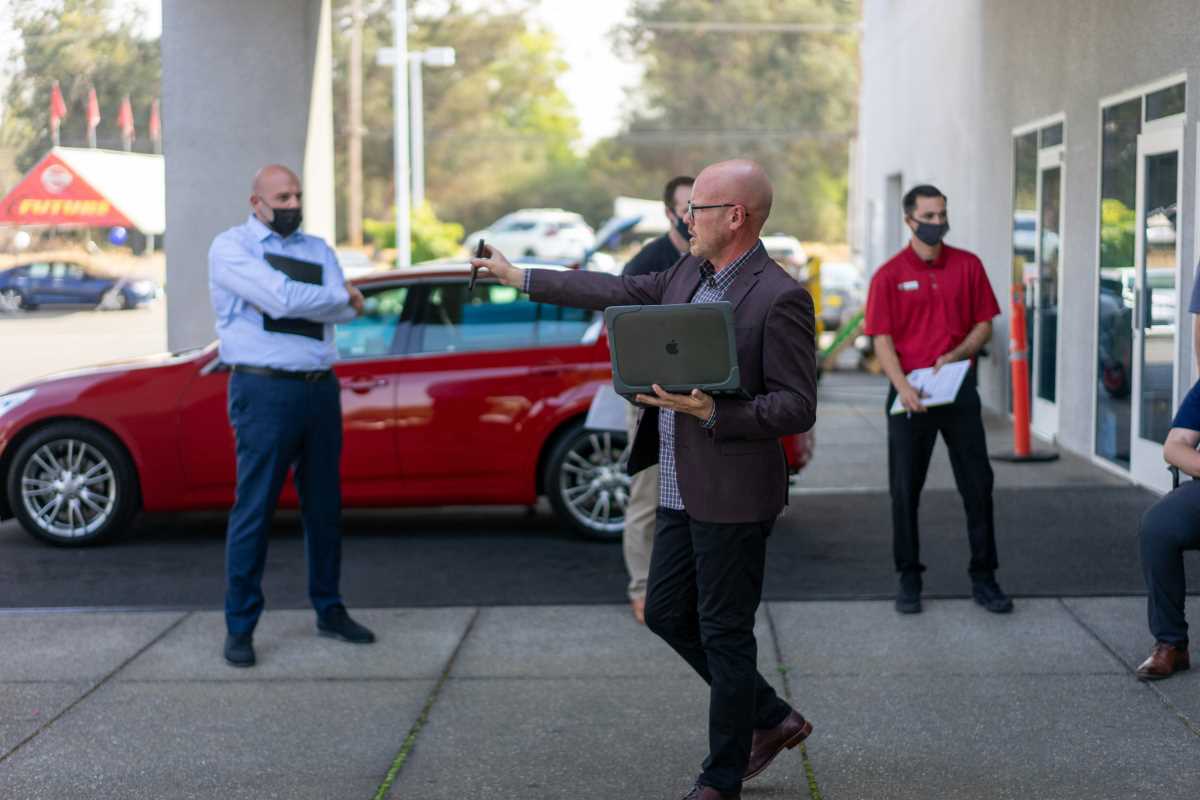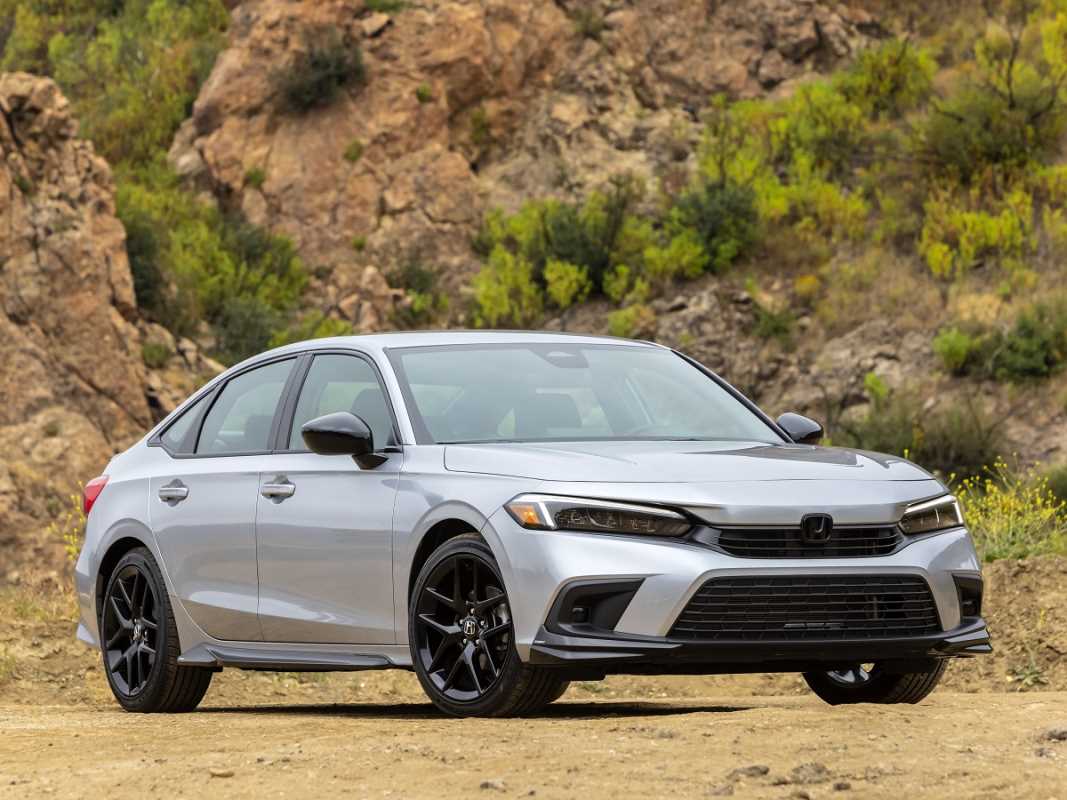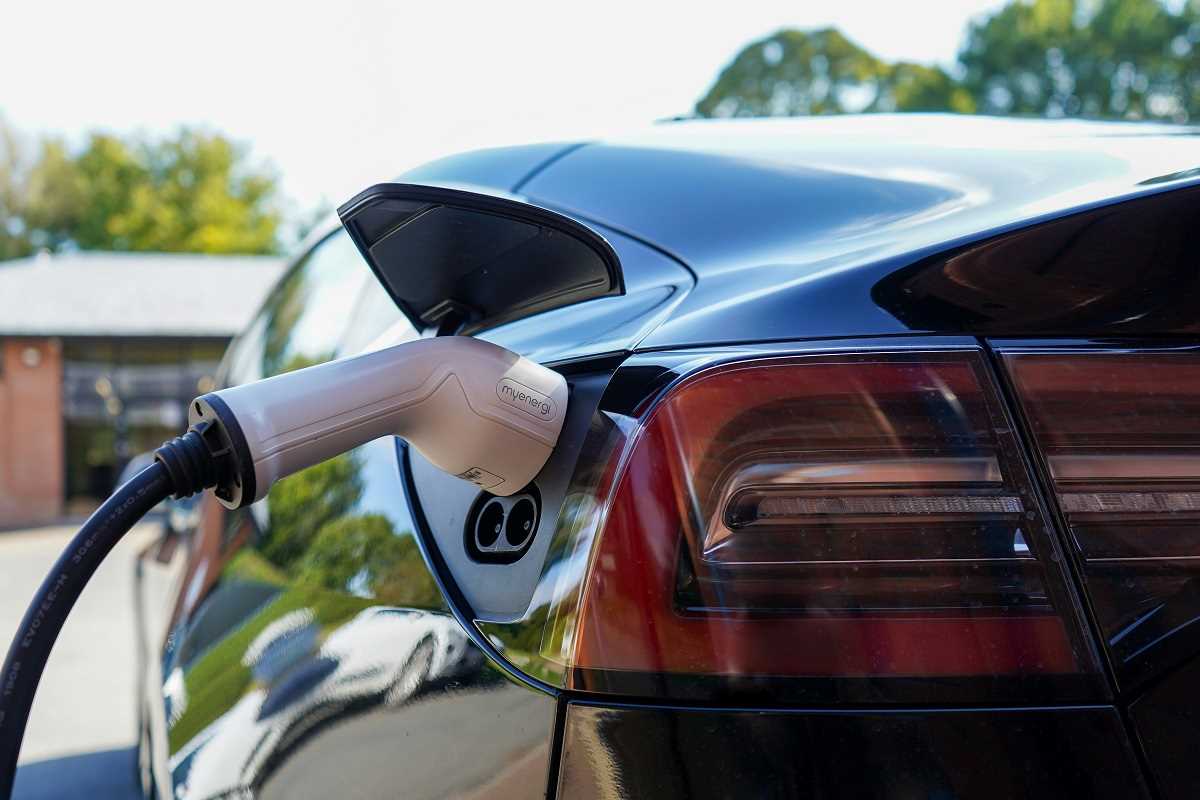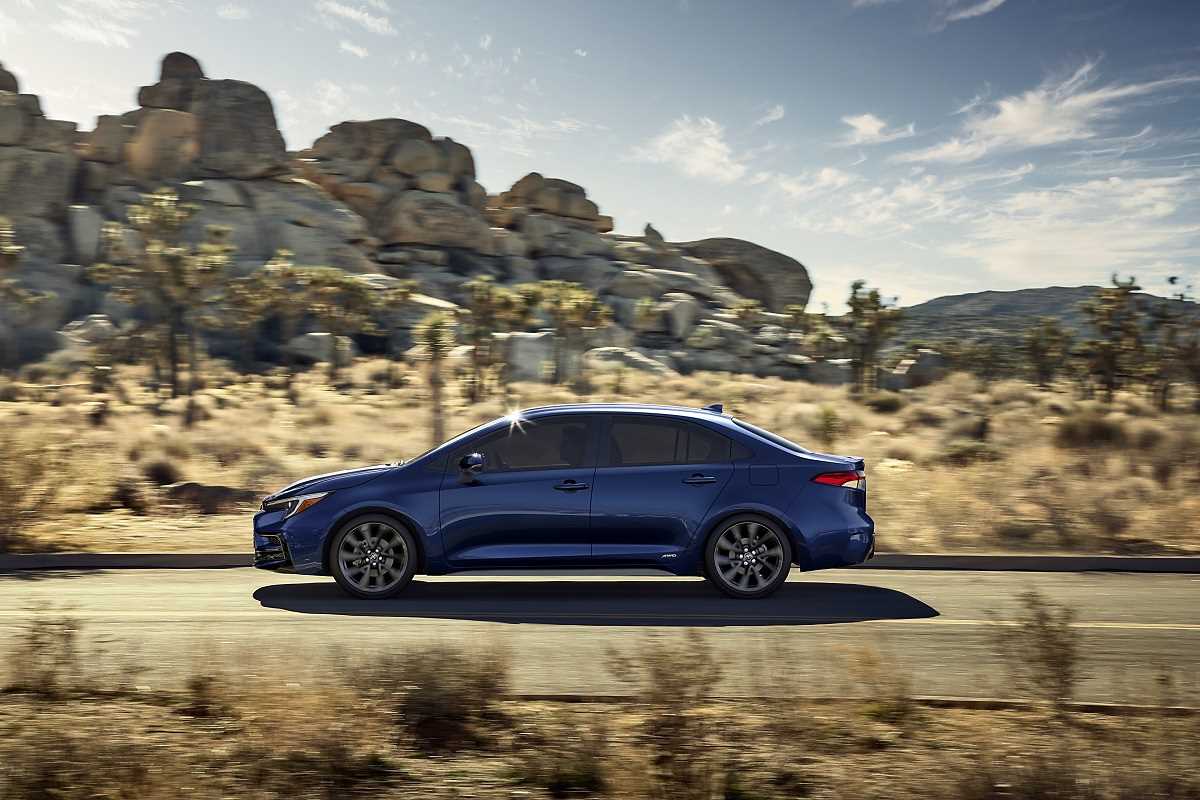Deciding whether to lease or buy a car can feel like a daunting choice. Each option comes with its distinct advantages and challenges, and the decision often depends on your financial circumstances, driving habits, and personal preferences. But don’t worry—we’re here to help you make sense of it all.
This guide breaks down the pros and cons of leasing and buying a car. By the end, you’ll have a clear picture of which option aligns best with your lifestyle and goals.
What Does Leasing a Car Mean?
Leasing is sort of like renting a car but for a longer time. You’ll agree to an initial down payment, followed by monthly payments for the duration of your lease—which typically lasts two to four years. At the end of the lease term, you return the car or opt to buy it for a pre-agreed value.
Leasing often appeals to drivers who love the latest models and don’t want to commit to long-term ownership. However, it’s not without its trade-offs.
Pros of Leasing a Car
- Lower Monthly Payments
- One of leasing's biggest draws is affordability. Monthly lease payments are generally lower than loan payments when buying a car outright. This is because you’re only paying for the vehicle’s depreciation over the lease term, not the full value of the car.
- Example: Leasing a $40,000 car might cost $500 a month, compared to $700 if you were financing the same car through a loan.
- Access to Newer Models
- If you love staying on top of automotive trends, leasing is ideal. Leasing allows you to drive brand-new models with cutting-edge technology and improved safety features every few years.
- Minimal Repair Costs
- Most lease agreements keep you under warranty for the lease duration, so you’re covered for major repairs. This means lower out-of-pocket expenses compared to owning a car beyond its warranty period.
- No Hassle of Selling
- When your lease ends, you simply return the car to the dealership. There’s no need to worry about resale value or negotiating with buyers.
Cons of Leasing a Car
- No Ownership
- Leasing builds no equity. When your lease term ends, you don’t own the car, and the money you paid doesn’t translate into an asset.
- Mileage Limits
- Lease agreements typically have mileage restrictions, often around 10,000 to 15,000 miles per year. Exceeding these limits can result in costly penalties.
- Example: If you often travel for work or enjoy road trips, the additional mileage fees could add up quickly.
- Extra Costs for Wear and Tear
- You’ll be charged for excessive wear and tear when returning the car. Scratches, dents, or interior damage may lead to additional fees.
- Long-Term Cost
- While leasing offers lower monthly payments, it can be more expensive in the long run if you lease repeatedly instead of buying. Over time, you’ll pay more for never owning a car.
What Does Buying a Car Mean?
When you buy a car, you pay the full value upfront (if paying cash) or finance the purchase with a loan. Once it’s paid off, the car is yours. Buying offers the perks of ownership but also comes with responsibilities.
Pros of Buying a Car
- Ownership and Equity
- When you buy a car, it’s yours to keep for as long as you like. Every loan payment builds equity, and once the car is paid off, you have an asset you can sell or trade.
- Scenario: After completing payments on a $20,000 car loan over five years, you own the vehicle outright and can sell it for, say, $10,000.
- Unlimited Mileage
- Unlike leasing, buying comes with no mileage restrictions. You’re free to drive as much as you want without worrying about penalties.
- Customizations
- Ownership gives you the freedom to modify your car to suit your preferences. Whether it’s upgrading the sound system or giving the exterior a custom paint job, you’re in control.
- Long-Term Cost Savings
- While buying may cost more upfront, it often proves cheaper in the long run. Once your loan is paid off, you’re left with a vehicle that requires no monthly payments.
- Example: After five years of loan payments, you could potentially drive your car payment-free for another five years.
Cons of Buying a Car
- Higher Monthly Payments
- Financing a car typically comes with higher monthly payments compared to leasing. This can put more strain on your monthly budget.
- Depreciation
- Cars lose value quickly, especially in their first few years. If you decide to sell or trade in your car, you may recover only a fraction of the purchase price.
- Maintenance Costs
- Unlike leasing, owning a car means you’re responsible for maintenance and repairs, especially after the warranty expires. Unexpected costs for things like a new transmission can add financial stress.
- Resale Hassle
- When it’s time to upgrade, selling or trading in your car can be a time-consuming process. You’ll need to research market values, find buyers, and negotiate deals.
Lease or Buy? Key Factors to Consider
Now that you know the pros and cons, how do you decide? Here are some key factors to weigh based on your lifestyle and financial goals:
1. Your Driving Habits
- Lease if: You don’t drive long distances and can stay within mileage limits.
- Buy if: You drive a lot, commute long distances, or love spontaneous road trips.
2. Financial Goals
- Lease if: You prefer predictable monthly expenses and aren’t concerned about ownership.
- Buy if: You view a car as an investment and want to build equity over time.
3. Desire for the Latest Features
- Lease if: Having the newest models with advanced features is important to you.
- Buy if: You’re content driving an older, fully paid-off vehicle.
4. Flexibility
- Lease if: You like changing cars frequently and can commit to the terms.
- Buy if: You enjoy the freedom of owning without restrictions.
5. Long-Term Perspective
- Lease if: You’re okay with consistently making payments in exchange for new cars.
- Buy if: You prefer to make a higher upfront investment for long-term savings.
Example Scenarios
To help clarify, here are a few examples for both leasing and buying:
Leasing Scenario
- You lease a Honda Accord for $400/month over three years. You like driving a new car every few years and don’t mind mileage limits since your daily commute is only 10 miles each way.
Buying Scenario
- You buy a Toyota Camry for $25,000. You finance the car over five years with $450/month payments. Once the loan is paid off, you keep the car for another five years, saving thousands compared to leasing.
There’s no one-size-fits-all answer to the lease vs. buy debate. Your decision depends on your financial situation, driving needs, and personal preferences. Leasing offers lower upfront costs and a hassle-free way to enjoy new models, while buying provides long-term savings, freedom, and ownership.
Ultimately, it’s about understanding your priorities. Take the time to evaluate your budget, lifestyle, and how you plan to use your car. When you choose the option that aligns with your goals, you’ll drive away feeling confident and satisfied.
 (Image via
(Image via.jpg)


.jpg)


